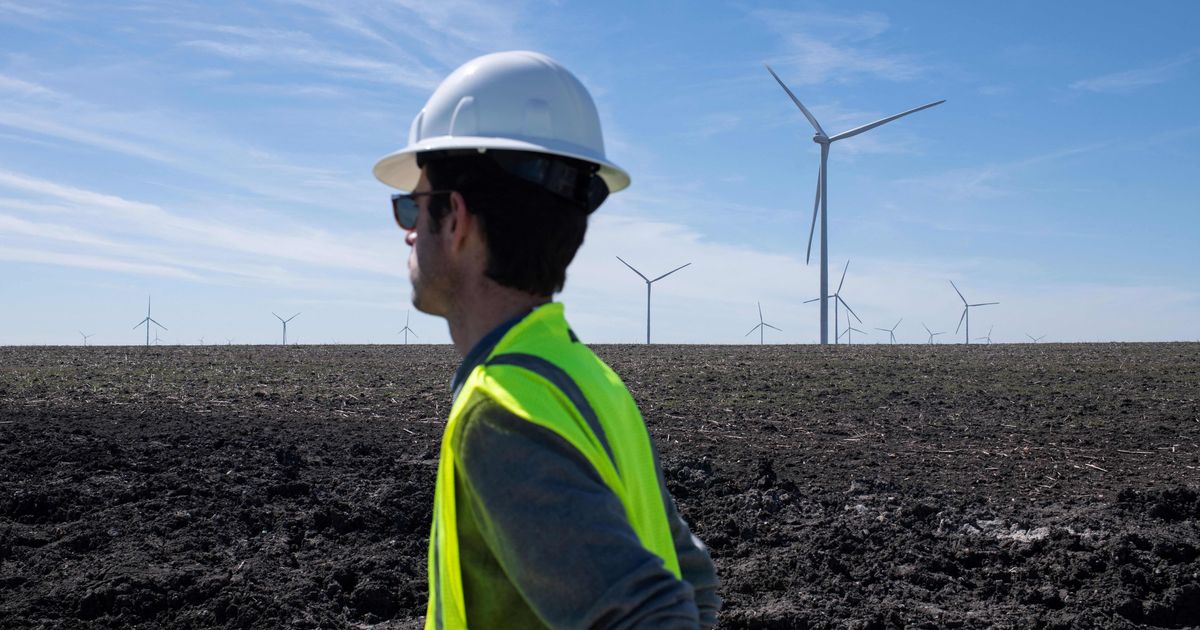In Washington, D.C., lawmakers are debating ways to streamline the process of building renewable energy infrastructure to meet growing demand and combat climate change. However, at the local level, many governments are implementing zoning restrictions on wind and solar projects, which could limit the amount of land available for renewable energy generation.
A study conducted by researchers at the National Renewable Energy Laboratory (NREL) found that the number of counties with zoning rules for wind turbines has more than quadrupled in the past few years. Similarly, there has been a significant increase in regulations on solar panels. These zoning restrictions have the potential to hinder the growth of renewable energy, despite the large-scale efforts at the federal level.
The study, published in the journal Nature Energy, demonstrates the influence that local governments have on the future of renewable energy in the United States. It indicates that previous forecasts of renewable energy growth may not have taken into account the impact of local zoning regulations.
According to the study, these zoning rules can take various forms, with the most common being “setbacks.” Setbacks prevent energy infrastructure from being built within a certain distance of structures, roads, or property lines. As a result, the available space for renewable energy projects is reduced. The severity of setbacks varies across different regions and can have a significant impact on renewable energy development.
The study also found that solar energy is generally less affected by local zoning policies compared to wind energy. Solar panels can be installed on both utility-scale projects and residential rooftops, requiring less space than wind turbines. Even with setbacks, the total land available for solar development is only reduced by 38%.
The proliferation of zoning restrictions on wind energy has been most rapid in areas that have previously built wind turbines. These regions tend to have the best wind resources, making them ideal for wind energy development. However, local opposition and restrictive ordinances have hindered further growth in these areas.
While some states have granted statewide agencies the power to override local ordinances on renewable energy siting, federal permitting reforms may be necessary to facilitate the expansion of renewable energy infrastructure. Currently, most solar and wind farms do not require federal approval unless they involve federally regulated wetlands or public lands. Changes to federal laws, similar to the Telecommunications Act of 1996, which regulated the deployment of cell towers, could help mitigate local restrictions on clean energy projects.
In conclusion, while efforts are being made at the federal level to accelerate the growth of renewable energy, local zoning restrictions pose a significant challenge. These regulations could limit the available land for renewable energy generation and impede efforts to transition away from fossil fuels.

